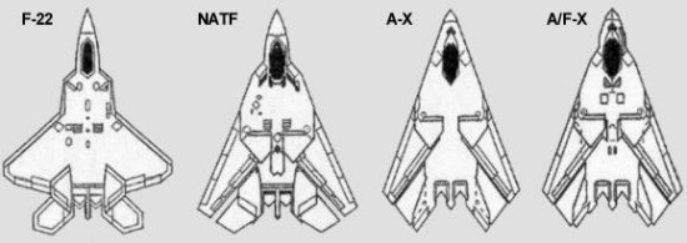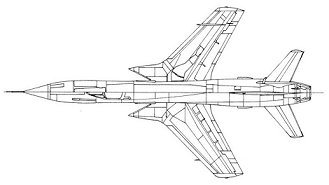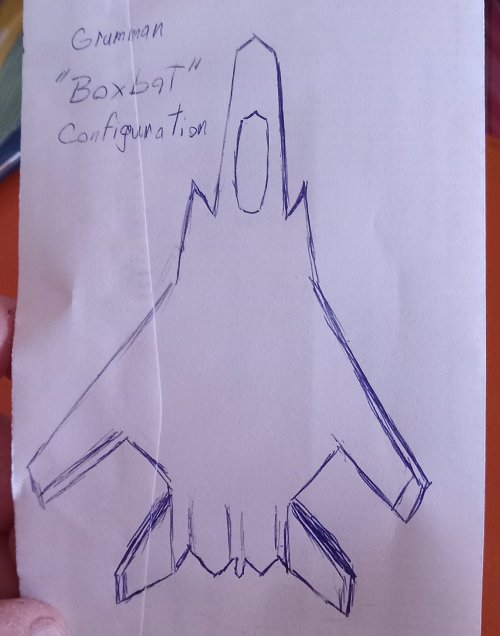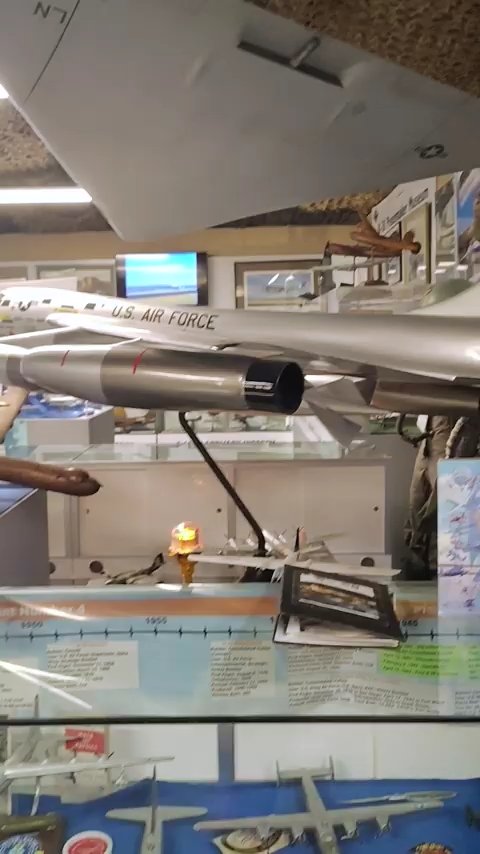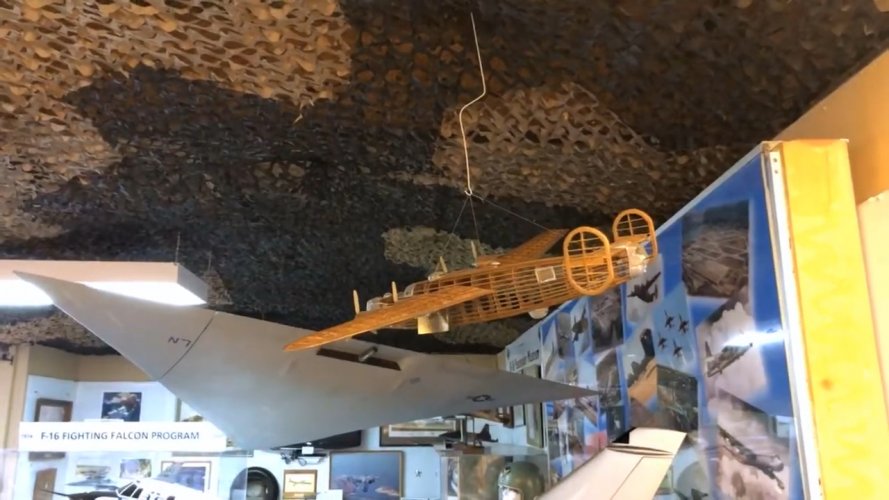- Joined
- 9 March 2021
- Messages
- 98
- Reaction score
- 432
Can't help adding my 2 cents ... KJ has been drinking too much of his own bath water.As someone involved in the Northrop ATA, and the following A12 evaluation by Northrop, there is so much misinformation in this, it's not even worth a detailed reply.
I never had a dog in the ATA fight, but I was on the small Bethpage team working our pre-ATA clean sheet design. That was until SECNAV John Lehman visited us in July 1984 and flat-out told Grumman Pres. George Skurla and a few VPs to "fly out west and talk to Northrop".
In addition to experiences shared by Cancerman and Hydroman, I'll add another story:
Lockheed Skunk Works sent a team of about 50 engineers to Fort Worth in the 1988-1989 timeframe (plus or minus), based on a direct request from General Dynamics' CEO to Larry Kitchen, CEO of Lockheed Corp. [It's possible I was told that Alan Brown was the leader of the Lockheed contingent in Fort Worth; I'm not at all certain.]
The Lockheed team was parachuted in to 'help out' with observables stuff. I've spoken to 2 of those 50 folks. If memory serves, they were in FW for several weeks, not several months. What I remember best is this story: CEO Kitchen called the Lockheed team leader (Brown?) and told him to pack up and come home. The small group of Lockheed execs with BRR access had concluded that GD was unlikely to award the type and size of subcontract that was initially promised in return for Lockheed's assistance.
Edit: fiddled with date.
Last edited:

